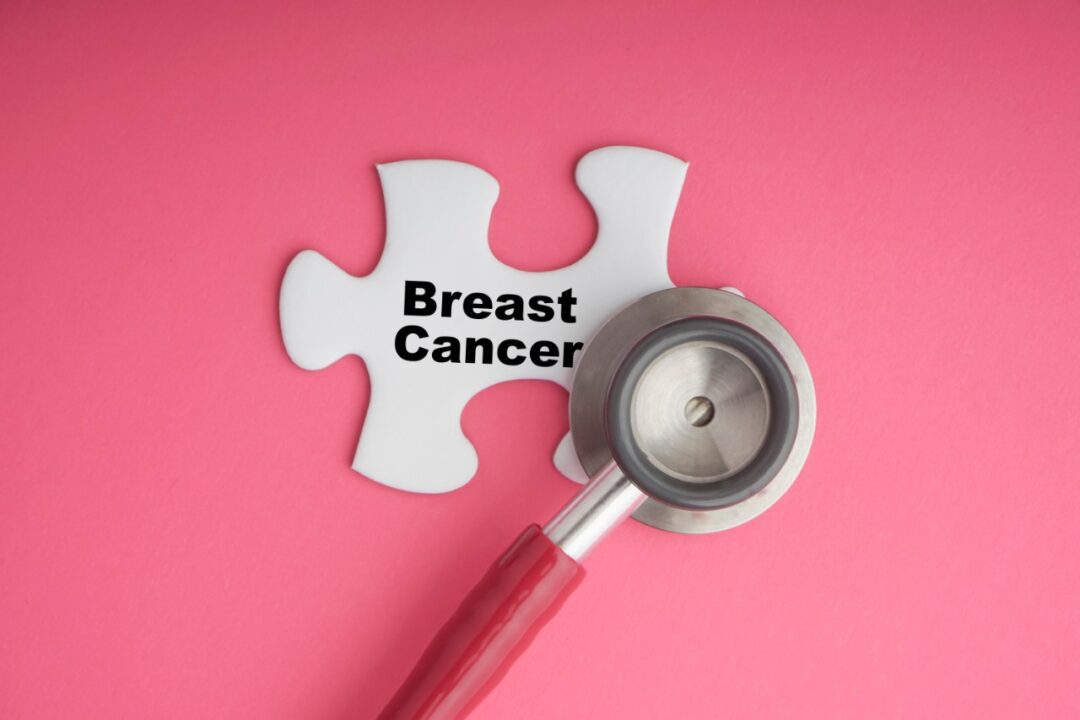What are the risk factors for Breast Cancer? |

A risk factor is anything that affects your chance of getting a disease such as cancer. Some of these risk factors can be modified, while some can’t be changed. For example, even though breast cancer does occur in males, being a woman is its biggest risk factor since breast cancer is about 100 times more common in females than males. Likewise, growing older is inevitable, but age is also a factor in the development of breast cancer. The older a person is, the more likely she/he is to get breast cancer. Race, too plays a role in breast cancer risk. White women are slightly more likely to develop breast cancer than African-American women, however, African-American women who develop breast cancer are more likely to die from this disease.
Other breast cancer risk factors that can’t be changed are:
- Increased breast density on mammogram—-High breast density means there is a greater amount of breast and connective tissue compared to fat. Women with high breast density are four to five times more likely to get breast cancer than women with low breast density.
- Family history of breast, ovarian, or prostate cancer— A woman who has a first degree relative (parent, brother, sister, or child) with breast cancer has almost twice the risk of a woman without this family history. This increased risk is thought to be due to genetic factors or having similar lifestyle habits. A history of prostate cancer in a father or brother may also slightly increase a woman’s risk of breast cancer.
- Inherited Gene Mutations—The best known of these mutations affects the genes, BRCA 1 and BRCA 2, which account for 5-10% of all breast cancers diagnosed in the U.S.
- Exposure to large amounts of radiation early in life— This could have occurred, for example, with radiation treatment to the chest during the treatment for Hodgkin’s disease. Studies have shown that this increases the risk of developing breast cancer by 3 to 7 times as compared to young women with Hodgkin’s disease who did not receive radiation therapy.
- A personal history of invasive breast cancer or ductal carcinoma in situ (DCIS) —Women who have had invasive breast cancer have a higher risk of developing a second breast cancer. This applies also to women who have had a type of cancer known as ductal carcinoma in situ (DCIS). This type of cancer starts inside the milk ducts but hasn’t spread into normal surrounding breast tissue.
The following are the current screening recommendations from the American Cancer Society for women who are of average risk for developing breast cancer:
- Women with an average risk of breast cancer – most women – should begin yearly mammograms at age 45.
- Women should be able to start the screening as early as age 40, if they want to. It’s a good idea to start talking to your health care provider at age 40 about when you should begin screening.
- At age 55, women should have mammograms every other year – though women who want to keep having yearly mammograms should be able to do so.
- Regular mammograms should continue for as long as a woman is in good health.
- Breast exams, either from a medical provider or self-exams, are no longer recommended.
Having any of the non-modifiable risk factors discussed previously increases a woman’s risk for developing cancer and requires that screening efforts start earlier, occur more often, or include measures beyond those for women at average risk. The primary purpose of today’s Health Tip is to raise the awareness of women at higher risk and encourage them to discuss appropriate screening for breast cancer with their doctors.
Next article, we’ll look at risk factors that can be modified to reduce the risk of developing breast cancer.
Sources for article:
Breast Cancer Prevention and Early Detection from the American Cancer Society
What Affects Your Chances of Getting Breast Cancer from Susan G. Komen
If you have any more questions just Ask Hanna, our health advisors are here to help.
Image: ©Shutterstock / Silver Wings SS








